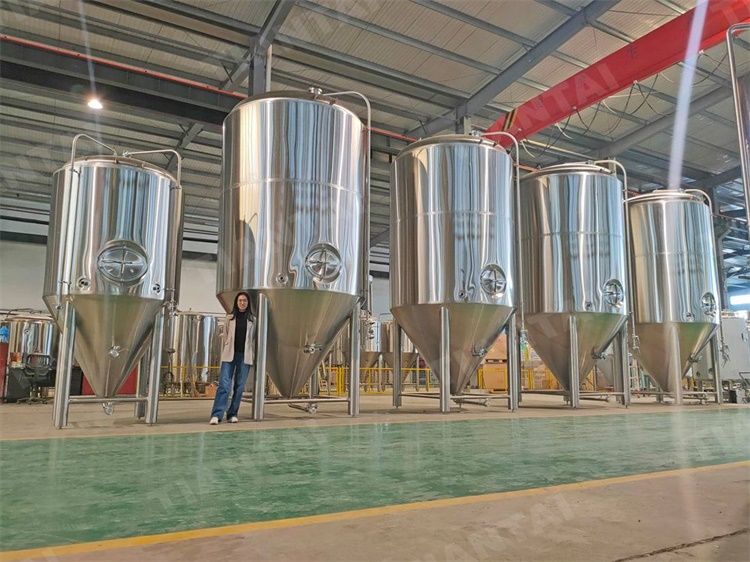Ingredients:
Neutral grain alcohol (e.g., high-proof vodka)
Juniper berries (required botanical for gin)
Other botanicals of your choice (e.g., coriander, citrus peels, angelica root)
Water
Sugar (optional, for sweetening)
Distilled water (for dilution)
Equipment:
Copper still or distillation apparatus
Alcohol hydrometer (for measuring alcohol content)
Mason jars or glass containers
Funnel
Thermometer
Botanicals basket or bag
Distillation license (if required)
Steps:
Prepare Your Botanicals:
Gather your botanicals, including juniper berries, and any other flavoring agents you want to use. Common botanicals in gin include coriander, citrus peels, angelica root, and more. You can experiment with different combinations to create unique flavors.
Create the Botanicals Basket:
If you're using a traditional pot still, place your botanicals in a botanicals basket or bag. This allows the alcohol vapors to pass through the botanicals, infusing the flavors.
Mix the Base Alcohol:
Dilute the high-proof neutral grain alcohol with distilled water to achieve the desired starting alcohol content. You can use an alcohol hydrometer to measure and adjust the alcohol content.
Heat the Still:
Set up your distillation apparatus and heat the still. The alcohol will evaporate and then condense, allowing you to collect the distilled liquid. The first part of the distillation, called the "heads," contains impurities and should be discarded. The middle part, known as the "heart," is the high-quality gin. The final part, called the "tails," is less desirable and is usually discarded or redistilled.
Add Botanicals:
Once the still reaches the desired temperature, introduce the botanicals basket or bag into the still, allowing the alcohol vapors to pass through the botanicals. This process infuses the gin with flavors.
Collect the Heart Cut:
Collect the heart cut of the distillation in clean glass containers. This is your gin. Discard or redistill any remaining liquid (tails) if necessary.
Dilute and Sweeten (Optional):
If your gin is too strong, dilute it with distilled water to achieve your desired alcohol content. You can also sweeten it with sugar syrup if you want a slightly sweet gin.
Aging (Optional):
Some gins are aged in oak barrels for added complexity. This step is optional and can vary depending on your desired final product.
Bottling and Labeling:
Bottle your gin in clean, sterilized bottles. Label the bottles with the necessary information, including alcohol content and botanicals used.
Legal Considerations:
Ensure that you comply with all local and national laws regarding alcohol production and distribution, as making and selling alcohol without the required licenses is illegal in many places.
Please note that this is a simplified overview, and making gin by distillation requires knowledge of distillation techniques, botanicals, and proper equipment. Always follow safety precautions when working with alcohol and distillation equipment, and adhere to the laws and regulations in your area.
Thank you very much for your reading.
Contact person:Helen Lee
Contact email:[email protected]




.jpg)

Get In Touch